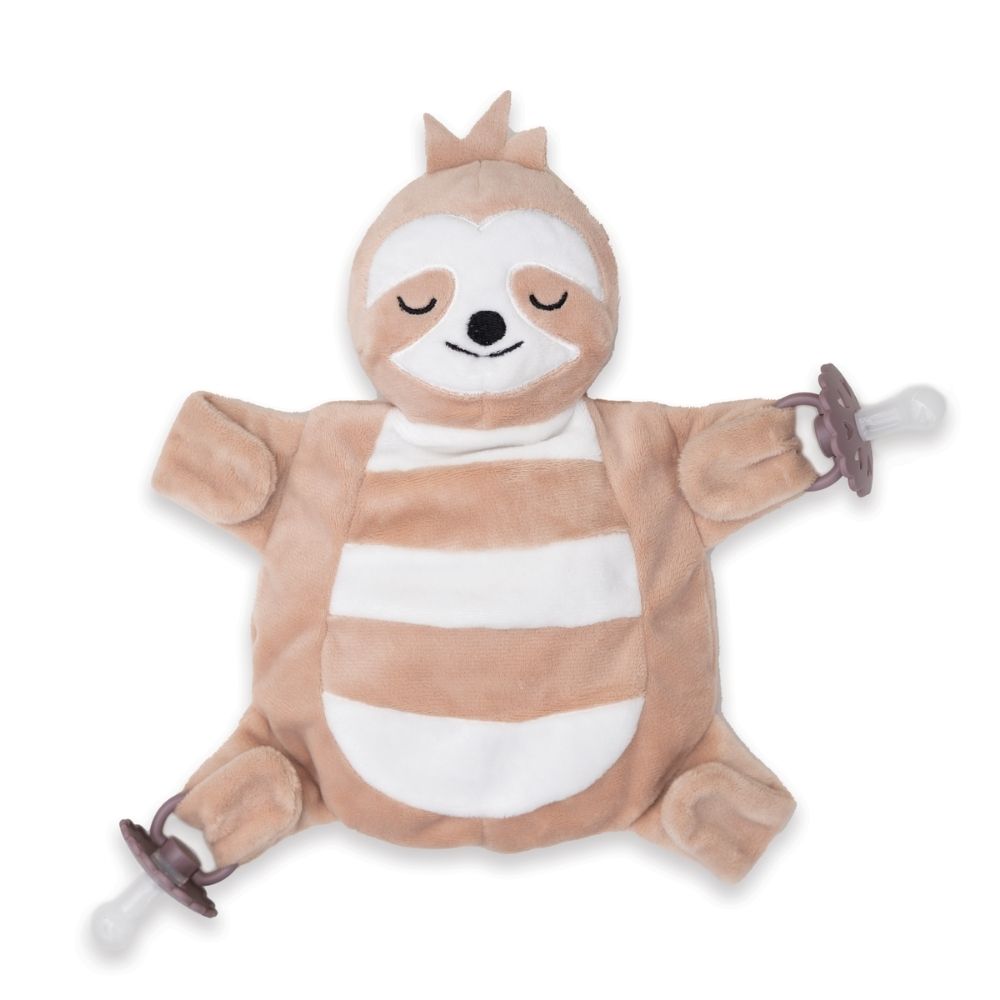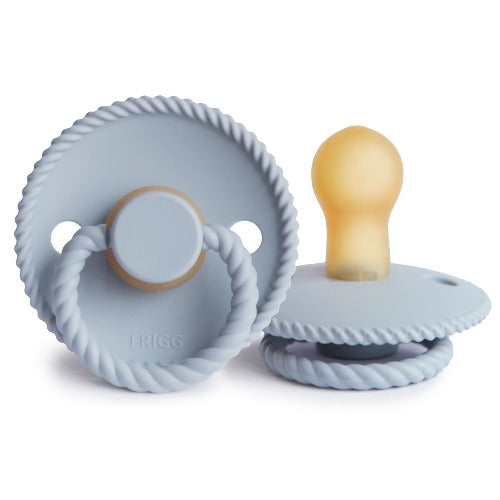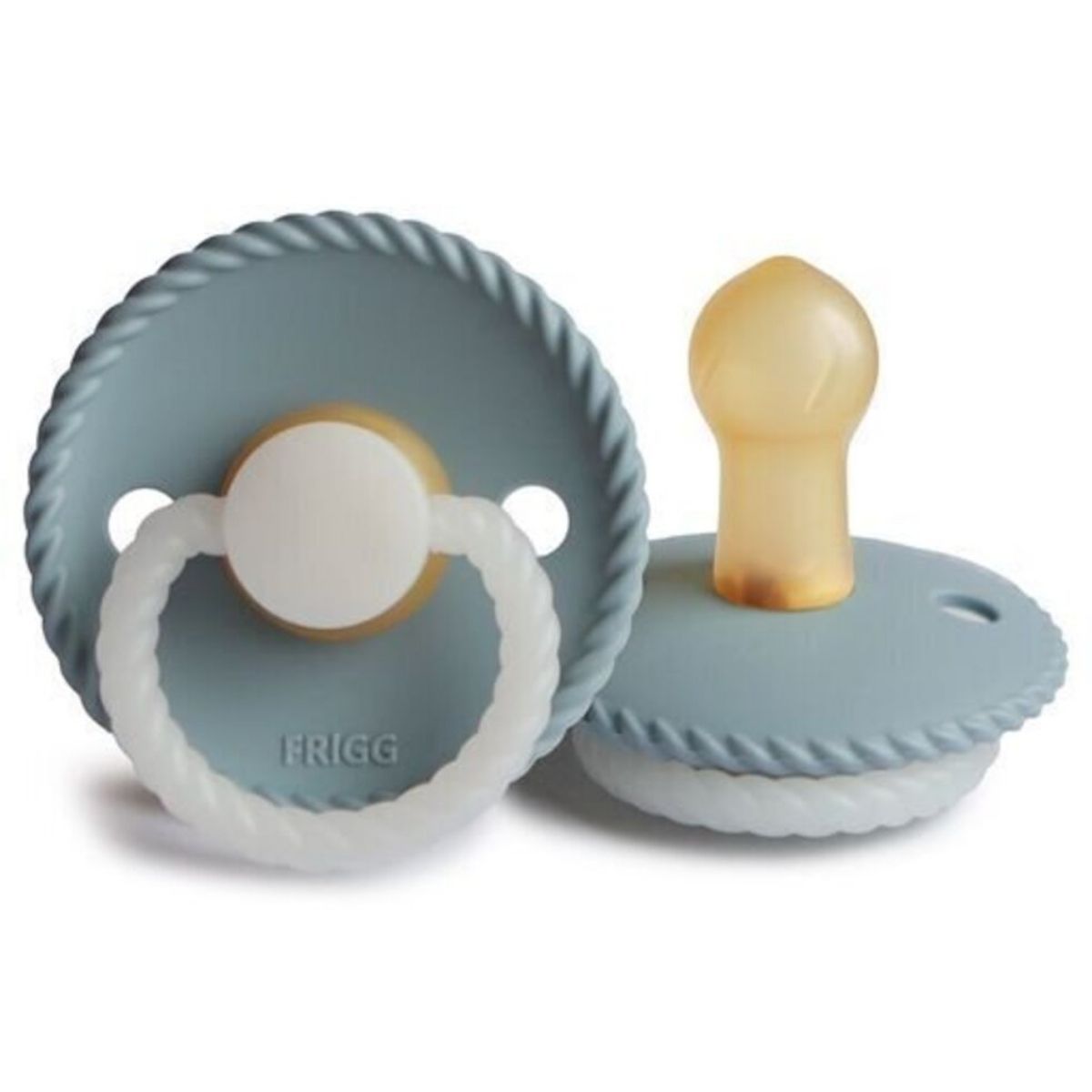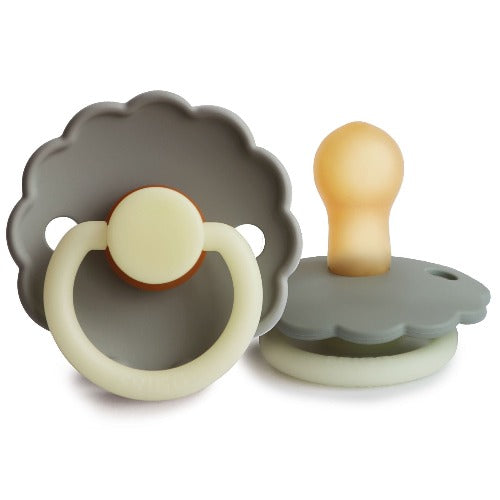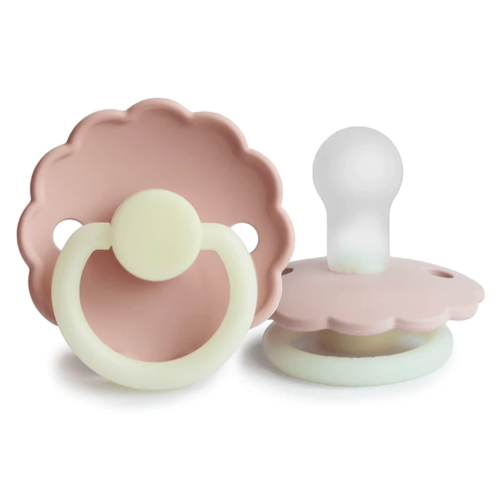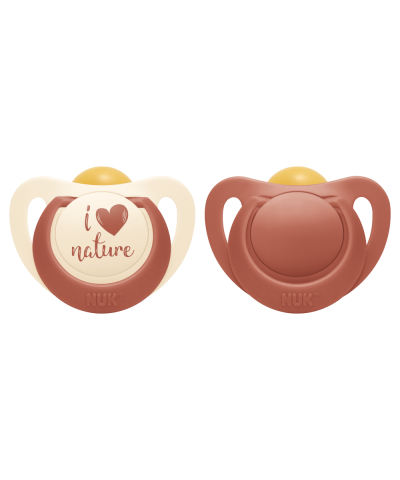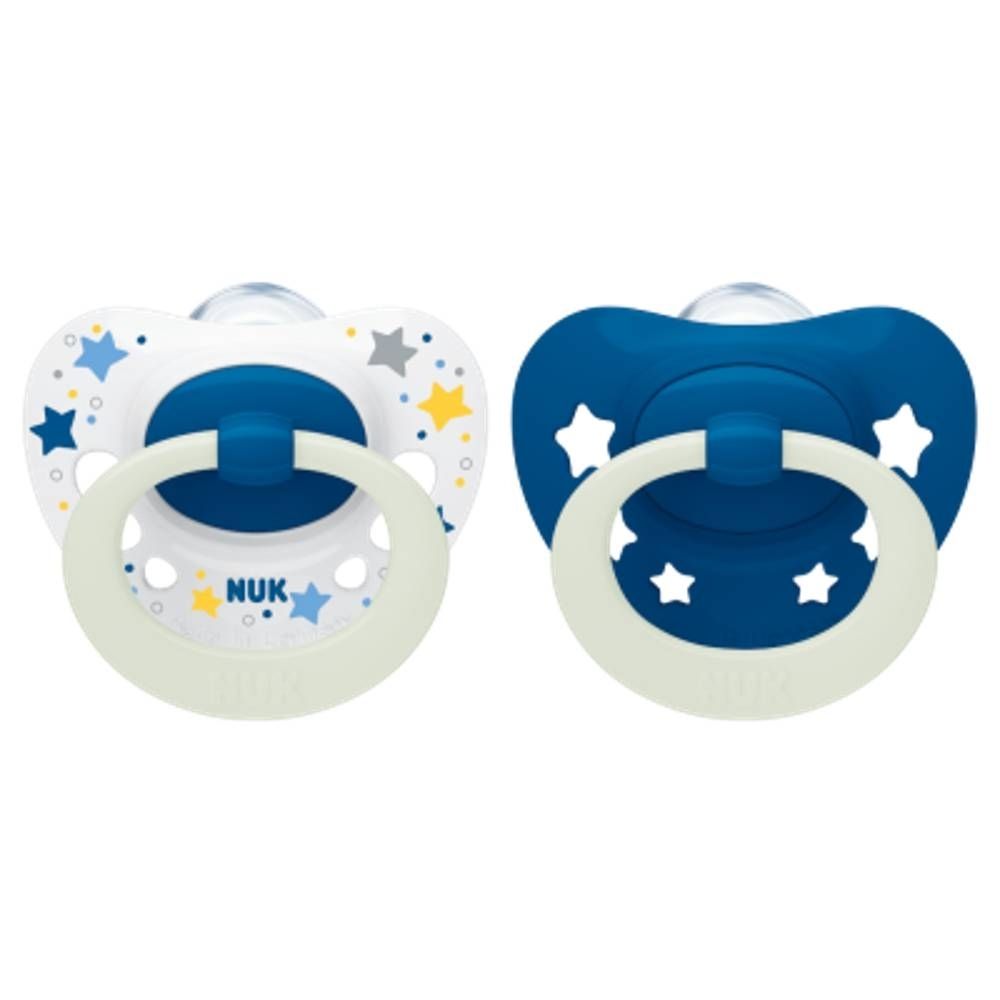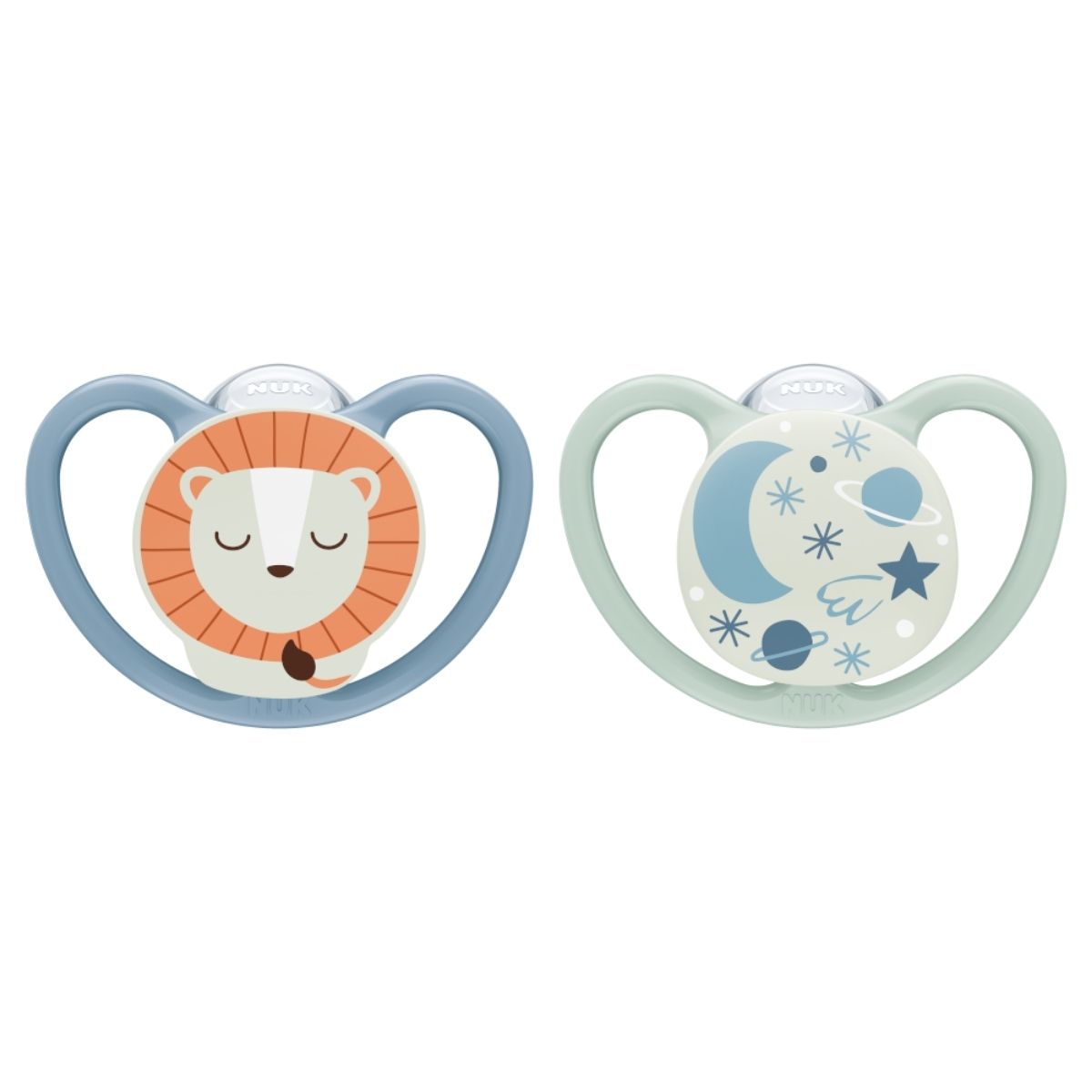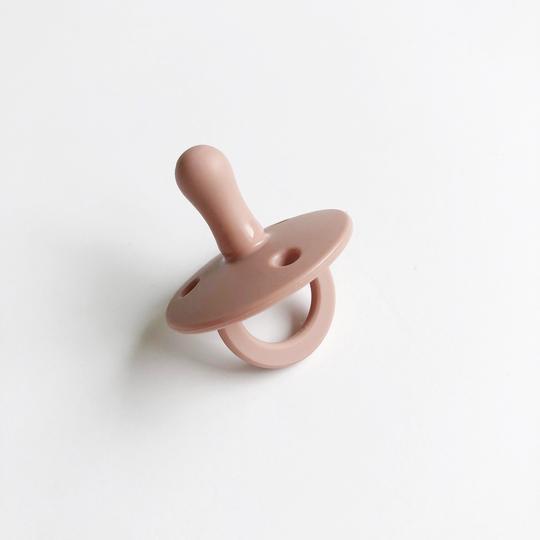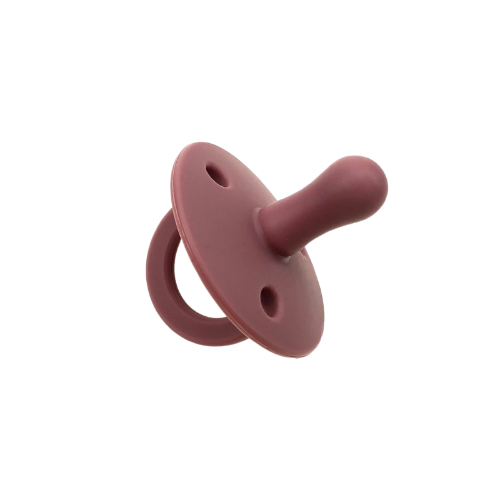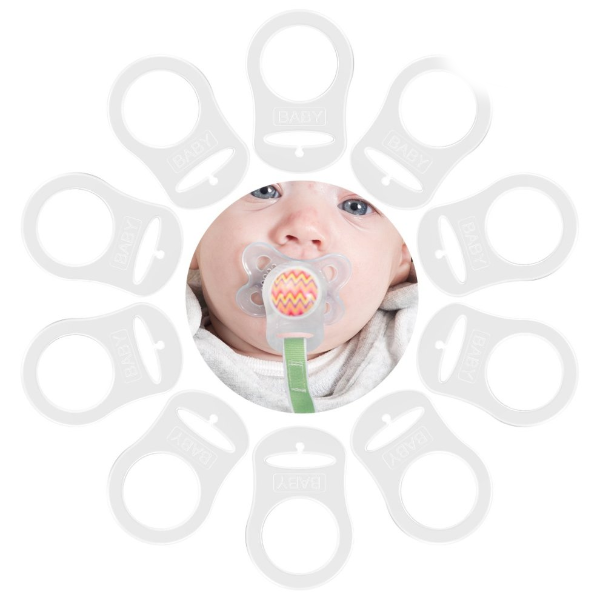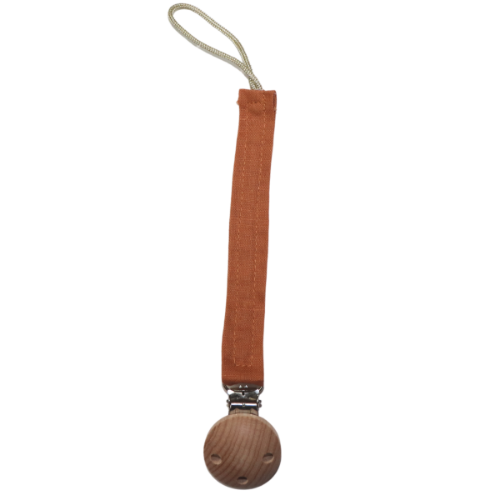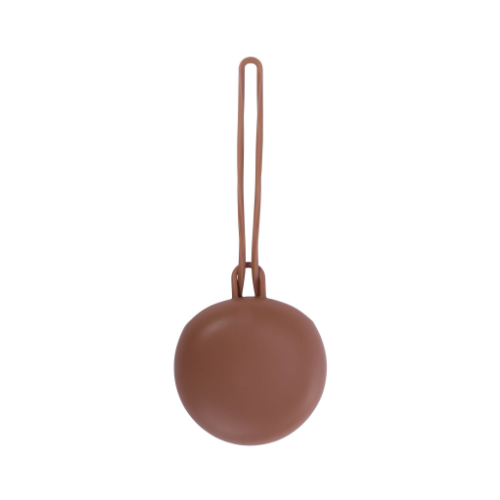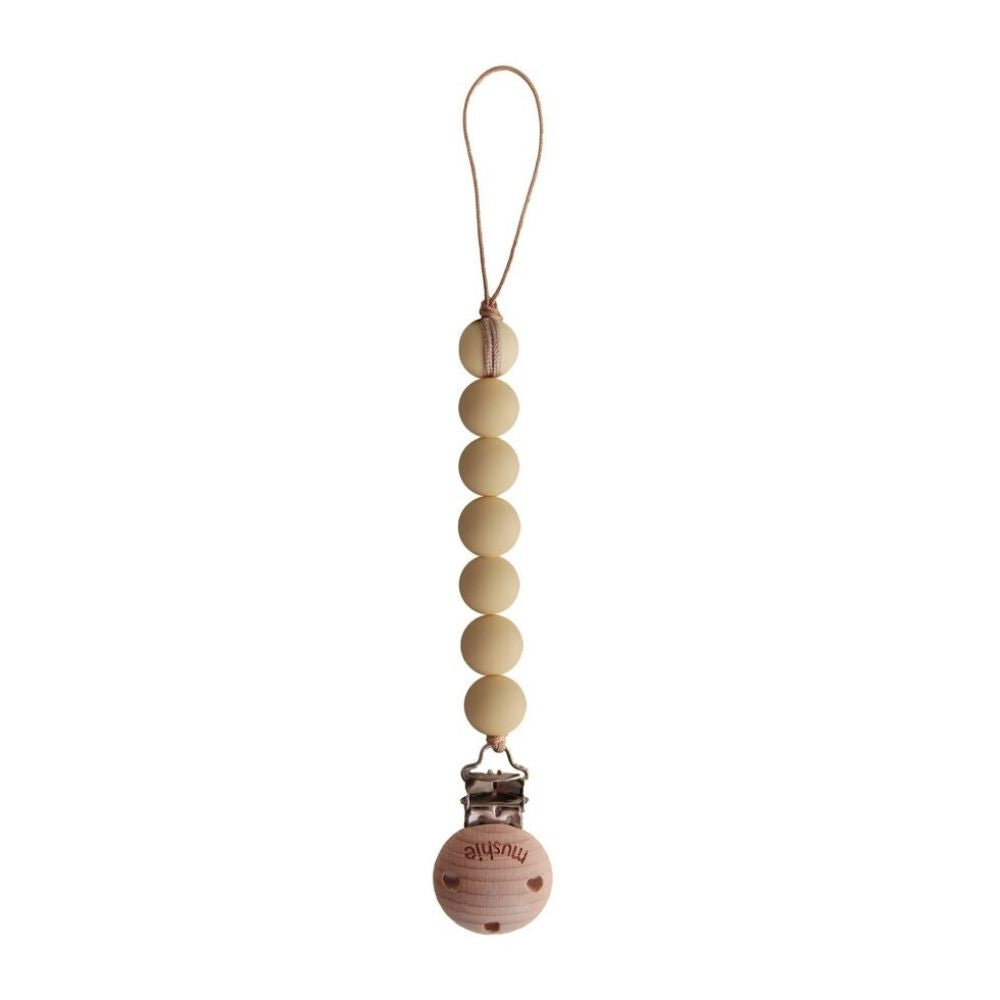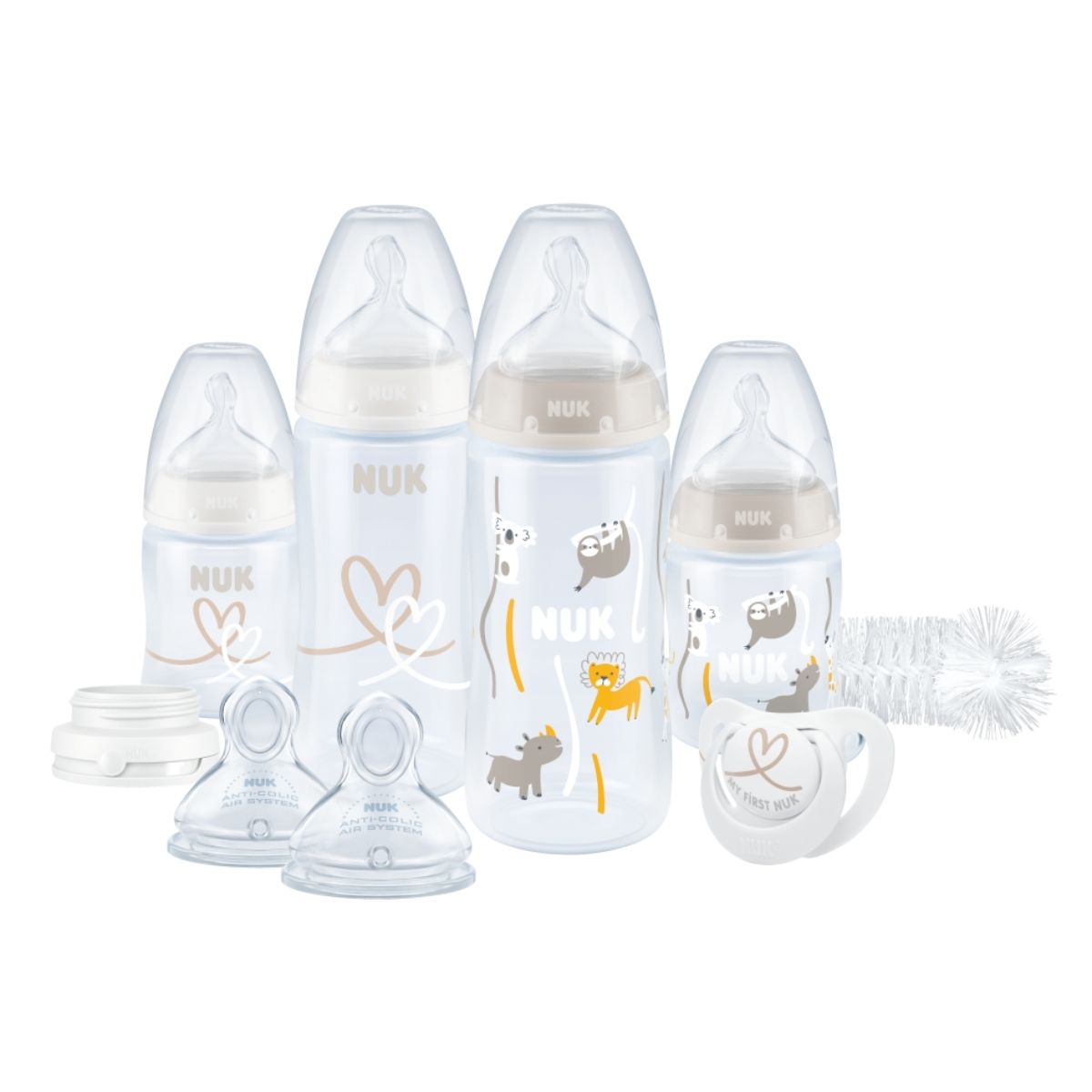There’s no hard and fast rule when it comes to introducing a pacifier to your baby. Typically, parents will introduce a pacifier into their baby’s routine within a few days or weeks of their birth.
If you’re breastfeeding your baby, experts recommend waiting up to four weeks to introduce a dummy. This gives you and your baby time to get used to the breastfeeding process, which can help prevent the likelihood of nipple confusion.
Nipple confusion is when a baby has trouble switching between breastfeeding and using a pacifier (or baby drink bottle) due to the difference in mechanics between the two. As a result, the baby can become confused and frustrated, and this can impact their ability to breastfeed properly.
If you’re not breastfeeding and are using formula instead, you can typically introduce your baby to a pacifier within a few days of their birth without issue.

